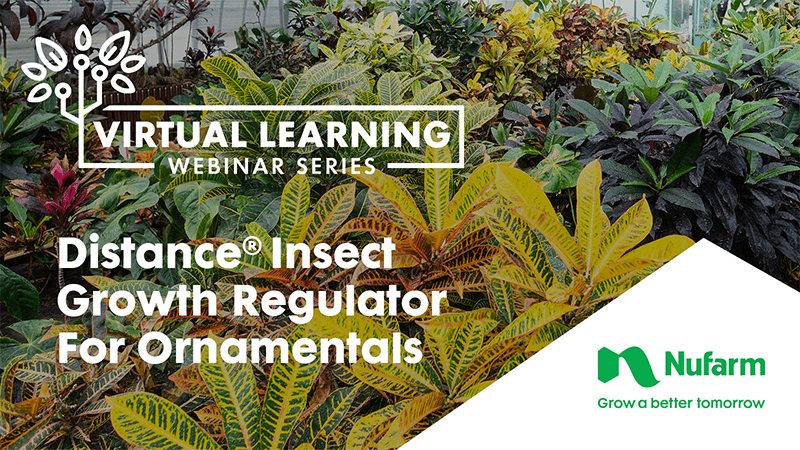How Safe is Your Greenhouse?
A greenhouse worker gets her finger caught in a pot-filling machine and barely escapes losing her entire hand. A different employee rapidly moves her fingers in the same position for hours on end while making cuttings, without taking time for breaks. A third employee is just plain careless. She neglects to roll up unused hoses, clean up spills or put carts and ladders away.
Do any of these scenarios sound familiar? If so, it’s probably time to take a good hard look at your company’s injury/accident record, any reports of “near miss” incidents (or close calls), and your workers’ compensation costs over the past several years. What you may find are increasing numbers of injuries and/or near misses, trends showing that certain types of injuries continue to reoccur and escalating insurance costs.
Safety at your greenhouse is directly related to your company’s profitability. A poor safety record can result not only in costly workers’ compensation claims and increased insurance premiums, but also in lost production time, potential OSHA penalties and poor employee and customer relations.
Regardless of the size of your greenhouse operation, there are steps you can take to reduce hazards and injuries and end up with a more profitable year.
Common Injuries
The list of injuries that commonly occur at greenhouses throughout the country is quite long, and should be no surprise. Here is a partial list:
-
Slips, trips and falls
-
Back injuries from improper or heavy lifting
-
Cuts to fingers or hands
How can you prevent such injuries from occurring? Among the most important steps you can take are: prohibit running (a common cause of trips and falls); require employees to dress appropriately (no sandals or other open-toed shoes; instead, require sturdy shoes with non-slip soles and long pants and long-sleeved shirts when working with equipment); enforce “good housekeeping” practices; rotate repetitive tasks, when possible, and encourage short breaks; require employees to get assistance when lifting heavy or awkward objects; conduct daily hazard inspections; and implement and enforce written safety rules.
Ergonomic Injuries and Solutions
Among the most common and costly types of employee injuries greenhouse owners/managers face are ergonomic injuries. Musculoskeletal injuries such as back strains and sprains may result from lifting heavy pots, bags of soil or fertilizer or other items. Grasping plant containers by pinching them at the edges and squeezing shears over and over, all day long, often results in injuries to the hands.
The costs of an employee’s back injury alone can be prohibitive. James Meyers, a researcher with the University of California Agricultural Ergonomics Research Center (AERC), estimates that the total cost for a first time back injury can be as high as $10,000, with the costs for repeated back injuries reaching $300,000. These costs are typically picked up by the greenhouse owner in the form of lengthy workers’ compensation claims, increased insurance premiums, reduced productivity, lost time and the need to hire and train replacement workers.
One of the most important steps greenhouse owners/managers can take to reduce the risk of back injuries is to prohibit employees from lifting objects that weigh 50 pounds or more by themselves, Meyers says. Require employees to get help from a co-worker, and provide manual or mechanical lifting devices (such as carts, dollies and forklifts), he suggests.
AERC, the National Institute for Occupational Safety and Health (NIOSH) and the University of Wisconsin-Madison Healthy Farmers, Healthy Profits project all have excellent Web-based training materials that can assist greenhouse operators in reducing ergonomic injuries.
AERC researchers and the Healthy Farmers project – both funded by NIOSH – have also tested such tools as specially designed lifting tools to carry plant containers that can assist greenhouse operators of all sizes. The following are some links for more information, some of which is also available in Spanish:
-
Agricultural Ergonomics Research Center: www.ag-ergo.ucdavis.edu
-
Healthy Farmers, Healthy Farmers Project Nursery Tip Sheets: http://bse.wisc.edu/hfhp/tipnursery.htm.









